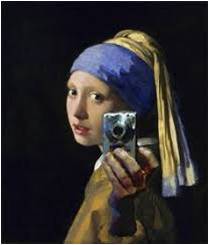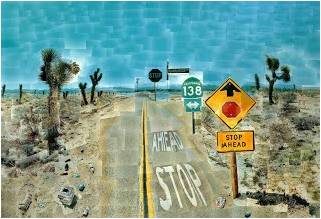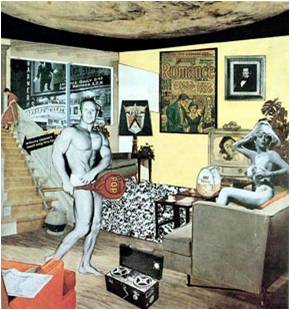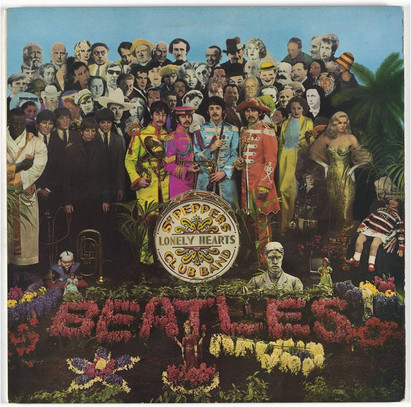New series
- Carol Anne Jones

- Jun 20, 2021
- 3 min read
Having taken around six months since their inception, I just completed my new arwork series and have shared them this week here on my website. The content’s a natural progression from last year's Beijing plates series and continues to be deeply embedded in Collage techniques. Some of the imagery is appropriated but the majority is from drawings and my own library of photographs taken during my time here in Beijing. As my time being based here is concluding, this series visually references the influences I've found around daily life as a resident foreigner in this part of the world. The topics range from the language through to everyday technology that’s key to moving around this huge city. Moving forward, there’s so much more to investigate and consolidate using the process of Collage and it'll feature more digital drawing, having seen my Chinese students using digital drawing so very fluently. Increasingly, more and more professional art practitioners use digital tools to draw including the prolific draughtsman David Hockney. His current exhibition at the Royal Academy in London: The Arrival of Spring, Normandy, 2020, captures the unfolding of Spring on iPad, using a specially made app to accommodate this.
Collage is considered to have its beginnings in 12th century Japan when calligraphers glued bits of paper and fabric together, then used the rough surface for their beautiful characters. It became accepted as an art form when the Cubist artists Georges Braque and Pablo Picasso began working with various mediums to create avant-garde collages and assemblages around 1910. The differences between Collage and Assemblage are simple: an Assemblage is a collection of 3 dimensional things gathered together and assembled, while Collage is a picture made by sticking other pictures, photos, paper, and materials onto a surface. Some items are appropriated, this being when an artist borrows or imitates the work of another artist to create a new work.
There are different categories and types of Collages. Robert Rauschenberg, the Pop artist, adopted transfer drawings by soaking newspaper and magazine images in solvent then transferring them to paper with pen and pencil. His imagery in these artworks typically appeared in reverse surrounded by marks and paint. Kurt Schwitters created the wood collage by cutting and pasting colored printed paper, cloth, wood, metal, cork, oil, pencil, and ink on wood board. Henri Matisse in the later part of his life made Decoupage works by sticking paper painted with gouache onto canvas, a technique similarly used by the contemporary artist Kara Walker who explores decorative paper cut outs.
Photomontage Collage was made popular by Richard Hamilton in his iconic Just what is it that makes today’s homes so different, so appealing? (1956). The work contains used photographs from magazines and other American ephemera of the time. Peter Blake’s Sgt. Pepper's Lonely Hearts Club Band cover for the Beatles features a Collage of celebrities, totalling 88 figures, including the band members themselves. Peter Blake and his wife Jann Haworth constructed the set with life sized cut-outs of historical figures, which they then photographed with the Beatles standing in the centre. Then there’s David Hockney’s Joiners, the digital montages of Ugur Gallenkus where he combines side-by-side photographs.
3D Collage became popular with Joseph Cornell’s three-dimensional box structures that contained collected themed memorabilia and moving to even bigger forms; Antoni Gaudi created mosaic architecture with pieces of ceramic tiles all collaged into pattern. Collage is endless…..
See you next month!






















Comments